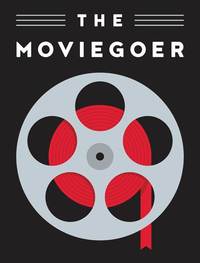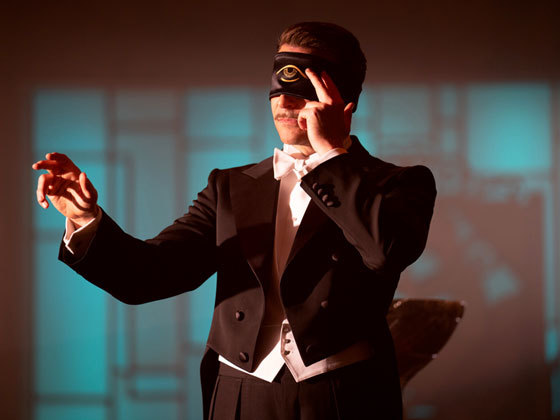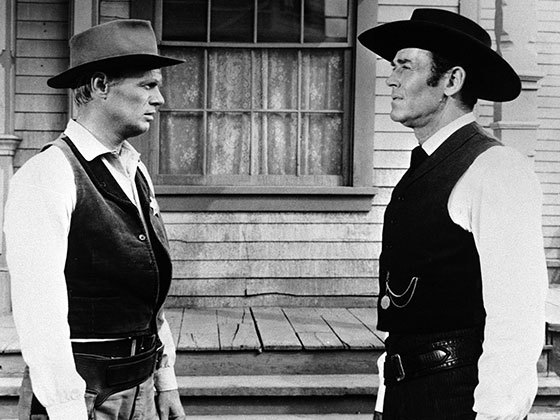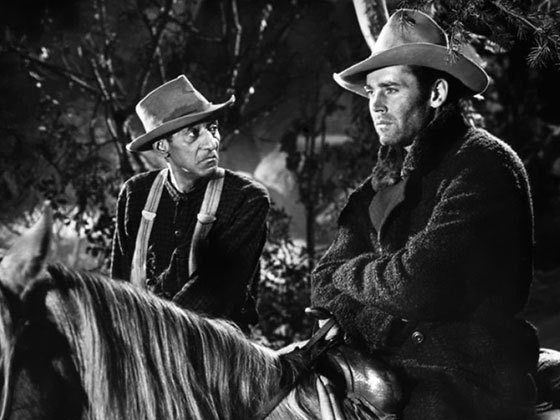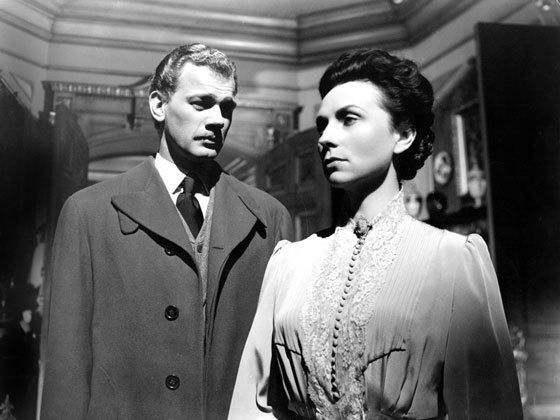By David L. Ulin
The product of a “creative holy trinity”—novelist James M. Cain, screenwriter Raymond Chandler, and director Billy Wilder—this 1944 film noir works as a quintessential California narrative at the same time it creates a universe all its own.
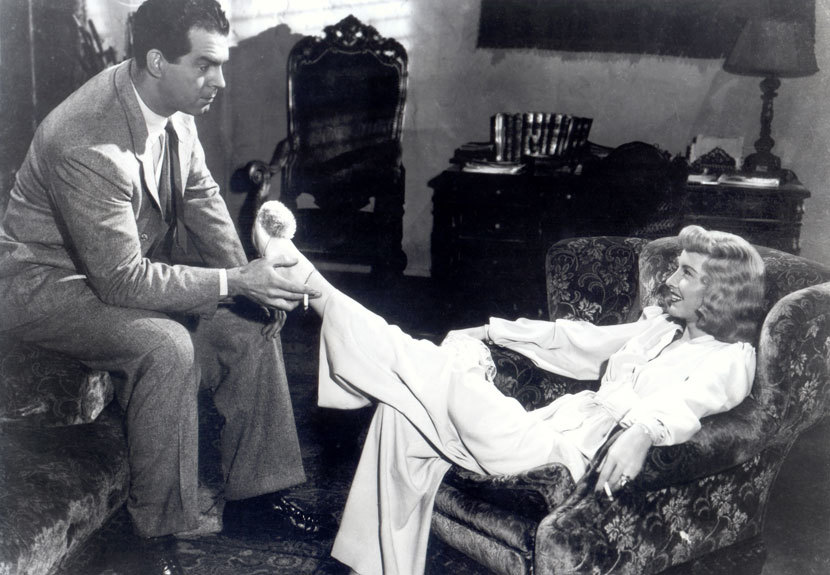
For the last few years, I’ve made a point of showing Billy Wilder’s 1944 film noir Double Indemnity to my students at the University of Southern California. In the first place, it’s a quintessential Los Angeles narrative—moody, atmospheric, shot (some of it, in any case) on location in the city, beginning with that opening sequence, Fred MacMurray as Walter Neff, mid-thirties, insurance salesman on the make, at the tail end of a murder plot that has come undone (how could it not?), driving frantically down Wilshire Boulevard toward the confessional of his mentor’s Dictaphone. And then there’s this: The novel on which it is based, the second book by James M. Cain, is an American masterpiece. In 125 unrelenting pages, Cain not only indicts middle-class greed and shallowness, he also paints a considerably darker portrait of a man and a woman consumed by their desires. Double Indemnity presents a ruthless saga of betrayal, in which the most unredeemable sins are those the characters commit against themselves. “I make no conscious effort to be tough, or hard-boiled, or grim,” Cain once observed of his writing, “or any of the things I am usually called. I merely try to write as the character would write, and I never forget that the average man, from the fields, the streets, the bars, the offices, and even the gutters of his country, has acquired a vividness of speech that goes beyond anything I could invent, and that if I stick to this heritage, this logos of the American countryside, I shall attain a maximum of effectiveness with very little effort.”
| READ THE SCREENPLAY |
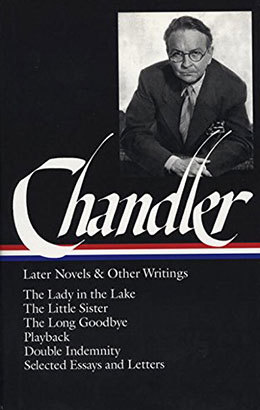 |
| Raymond Chandler: Later Novels and Other Writings |
The film Double Indemnity is an American masterpiece also, the product of a creative holy trinity: Cain, of course, along with Wilder and Raymond Chandler, who wrote the script. Chandler, like Cain, was a pioneering figure in the literature of Southern California, a writer who used the conventions of popular storytelling (three-act structure, the rise and fall of melodrama) for more enduring literary effect. “There are no vital and significant forms of art,” he insists in “The Simple Art of Murder”; “there is only art, and precious little of that.” Double Indemnity bears this out with the force of a locomotive. It is a tale of murder, but even more it is a story of lust. This is apparent from the moment we first encounter Phyllis Dietrichson—the dissatisfied wife, the femme fatale, played by Barbara Stanwyck with a manipulative vulnerability—standing at the top of a spiral staircase wearing nothing but a towel. By the time she comes downstairs a few minutes later, the camera clinging to the anklet above her left shoe, Neff is already in play. He may have stopped over to update her husband’s automobile insurance, but we understand, if he doesn’t quite yet, that everything has changed. The dialogue bears this out, the way that she has hooked him:
Phyllis: Mr. Neff, why don’t you drop by tomorrow evening around 8:30? He’ll be in then.Walter: Who?
Phyllis: My husband. You were anxious to talk to him, weren’t you?
Walter: Yeah, I was. But I’m sort of getting over the idea, if you know what I mean.
What follows is a back-and-forth (“Suppose I let you off with a warning this time” . . . “Suppose it doesn’t take” . . . “Suppose I have to whack you over the knuckles” . . . “Suppose I bust out crying and put my head on your shoulder”) that embodies noir’s high style: a mix of wit and fatalism, banter that makes you read (or listen) between the lines. It’s also pure Chandler—there is no equivalent scene in Cain’s novel—as formalized as Kabuki. “[I]t doesn’t matter a damn what a novel is about,” he wrote in 1945. “[T]he only writers left who have anything to say are those who write about practically nothing and monkey around with odd ways of doing it.” He’s referring to what we might call the conventions of the hyper-real. Even in the 1940s, noir’s practitioners (and their audience) were aware of its artificiality, that the form of the story fit a certain code of understanding, a certain narrative mold. This is the trick, that from the instant Phyllis descends the staircase, we know everything that’s going to happen; our appreciation of the film depends not on what but how. As in: How will the treachery assert itself? For Neff and Phyllis, getting away with it is not an option. Rather, it’s the unraveling that is important, the way they come together and break apart. “I never loved you, Walter, not you or anybody else,” Phyllis admits in their final encounter with one another. “I’m rotten to the heart. I used you just as you said. That’s all you ever meant to me. Until a minute ago, when I couldn’t fire that second shot.” It’s melodramatic, highly stylized, but then noir has never been about the strictly real. Sure, it has roots: Cain based his book on the case of Ruth Snyder, a New York woman who in 1927 convinced her lover to kill her husband after taking out an insurance policy with a double indemnity clause. Snyder and her accomplice, however, were easily captured and convicted; the insurance was (pardon the pun) a dead giveaway. Here’s Chandler again: “The boys with their feet on the desks know that the easiest murder case in the world to break is the one somebody tried to get very cute with.”
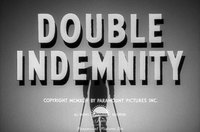
Chandler’s observation gets at something I originally found troubling about Double Indemnity: the conspiracy, for all its inevitability, is so loosely made. “We’re going to do it and we’re going to do it right,” Neff says to Phyllis. “And I’m the guy that knows how. There’s not going to be any slip up. Nothing sloppy, nothing weak, it’s got to be perfect.” Yet immediately, there are complications, suspicions, unintended circumstances. One is that Neff’s mentor, Barton Keyes (played to pugnacious perfection by Edward G. Robinson), is a genius claims investigator, with an instinct—“my little man,” he calls it, rubbing his heartburned chest—always on the mark. Still, even as he figures out the murder, he can’t see Neff as part of it. “Know why you couldn’t figure this one, Keyes?” Neff asks in the final scene. “I’ll tell you. Because the guy you were looking for was too close. Right across the desk from you.” It’s a terrific line, not least because it shows us that the real love story is between Neff and Keyes. Betrayal again, another layer, Neff’s infidelity not only to himself, to what he imagined as his values, but also to his friend. “Closer than that, Walter,” Keyes responds, although this is not, can never be, enough. For Neff, for Keyes, there is no redemption; nothing lingers in the end but loss. Here we see one more motif of the genre: that love is fleeting, insufficient, that it is, in some sense, almost always cruel.
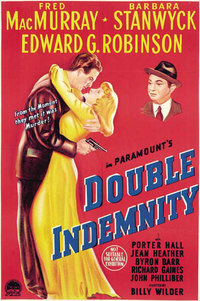
What makes such a notion compelling is its stripped down, existential point-of-view. We must learn to live without illusions, noir insists, in a world where existence is not so much to be directed as it is to be endured. The best noir offers a howl of desolation in the face of an apathetic universe, a tarnished elegy for the soul. That’s the story of Neff and Phyllis, pushed beyond their limits by the desire for something they will never get. That they are not in it together is the whole idea. How could they, could anyone, find empathy or communion in an isolating world? And yet, if all of us can recognize this feeling—who is content with what they have?—it also recalls the contrivances that mark the form. Despite our dismay and our dissatisfactions (“Look me in the eye,” Paul Westerberg sang, “and tell me that I’m satisfied”), most of us don’t concoct murder plots. Most of us are, for instance, not Lucille Miller, who in 1965 was convicted of burning up her husband in a Volkswagen, in a case, Joan Didion tells us, that represents an extension of the myths Cain highlighted thirty years before. “This,” Didion writes of San Bernardino, where the Millers lived, awash in debt and recrimination, “is the country in which a belief in the literal interpretation of Genesis has slipped imperceptibly into a belief in the literal interpretation of Double Indemnity.” Later, she makes the connection more explicit: “It was in the breakup that the affair ceased to be in the conventional mode and began to resemble instead the novels of James M. Cain, the movies of the late 1930s, all the dreams in which violence and threats and blackmail are made to seem commonplaces of middle-class life.” It is impossible to read those sentences, either one of them, without imagining Phyllis Dietrichson, wrapped in her towel, looking down at Neff as if she already knows she owns him, anklet glinting, cheap but alluring, in the glare of the electric light.
“Nothing dies in California,” the poet William Everson once wrote; “it is the land of non-death. . . . There is no intrinsic knowledge in the sense of locality—our graveyards have been built within living memory.” If nothing dies, there is no consequence, or so we tell ourselves. Another myth, another story . . . noir’s dime-store existentialism again. This is why I show Double Indemnity to my USC class, to encourage them to wrestle with a pair of larger contexts, having to do with genre and with place. What does it mean to view this as a California story? What does it suggest about the psyche of the state? At the same time, I want to insist, Double Indemnity achieves what all great art aspires to do—it creates a universe of its own. Is such a universe naturalistic? To some extent, I suppose, although that is not the point. Rather, what’s evoked is a moral landscape, in which we slip between stark polarities: identifying with the characters, their longing and their damage, while also recognizing their downfall, its inevitability, as a cautionary tale.
Original 1944 trailer for Double Indemnity (2:15)
Double Indemnity (1944). Directed by Billy Wilder. Written by Billy Wilder and Raymond Chandler, based on the novel by James M. Cain. With Fred MacMurray, Barbara Stanwyck, Edward G. Robinson, Porter Hall, Jean Heather, and Tom Powers.
Buy the Blu-ray • Buy the DVD
Watch on Amazon Video • Watch on Fandango Now • Watch on iTunes • Watch on Vudu
David L. Ulin is the author, most recently, of Sidewalking: Coming to Terms with Los Angeles, longlisted for the PEN/Diamonstein-Spielvogel Award for the Art of the Essay. A 2015 Guggenheim Fellow, he edited the Library of America’s Writing Los Angeles: A Literary Anthology, which won a California Book Award.
The Moviegoer showcases leading writers revisiting memorable films to watch or watch again, all inspired by classic works of American literature.
